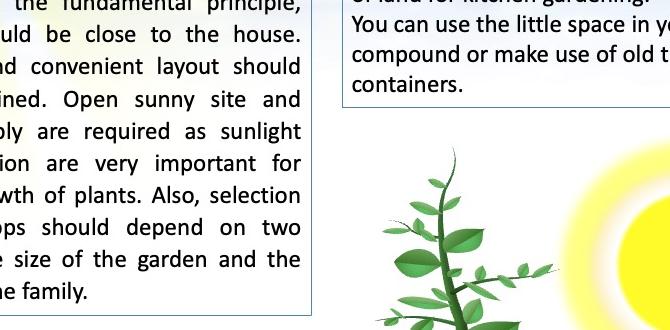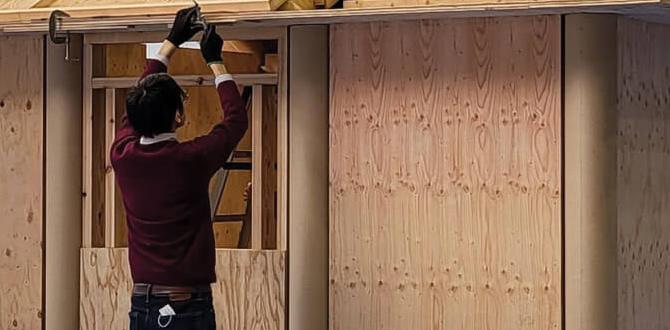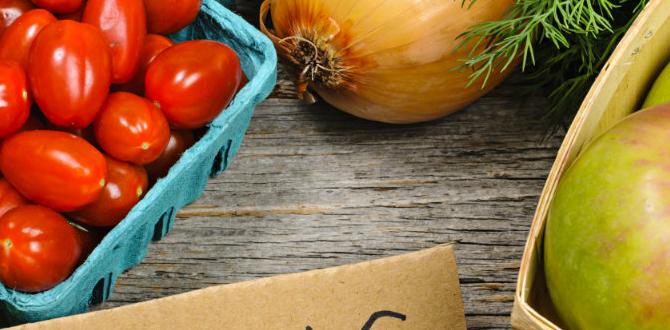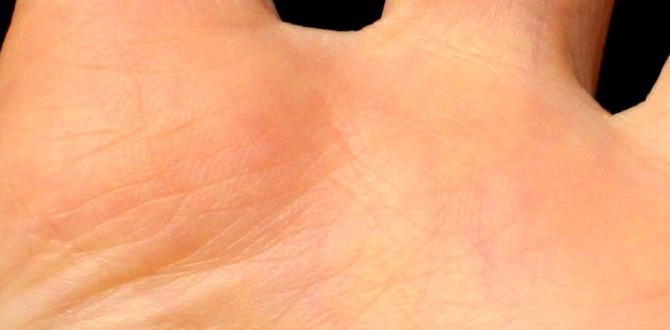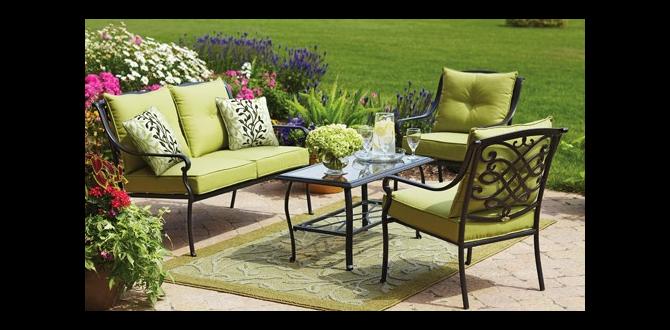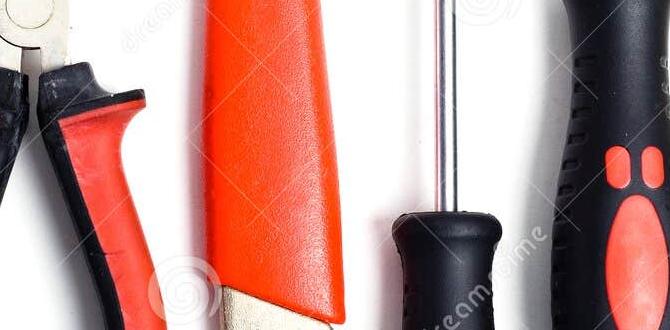Iceland poppies are one of the most popular flowers out there, and for good reason. They come in various colours, making them perfect for any garden or landscape.
But growing and caring for Iceland Poppies can be challenging, especially if you’re new to gardening. That’s why we’ve assembled how to grow and care for growing Iceland poppies.
We’ll cover everything from choosing the right location, soil preparation and planting, watering and fertilizing techniques, sunlight requirements, pruning and deadheading, dealing with common pests and diseases, tips for extending the blooming season, harvesting and preserving Iceland Poppies, and troubleshooting common issues that may arise during the growing process. So whether you’re an experienced gardener or just starting, read on to learn all about these beautiful flowers!
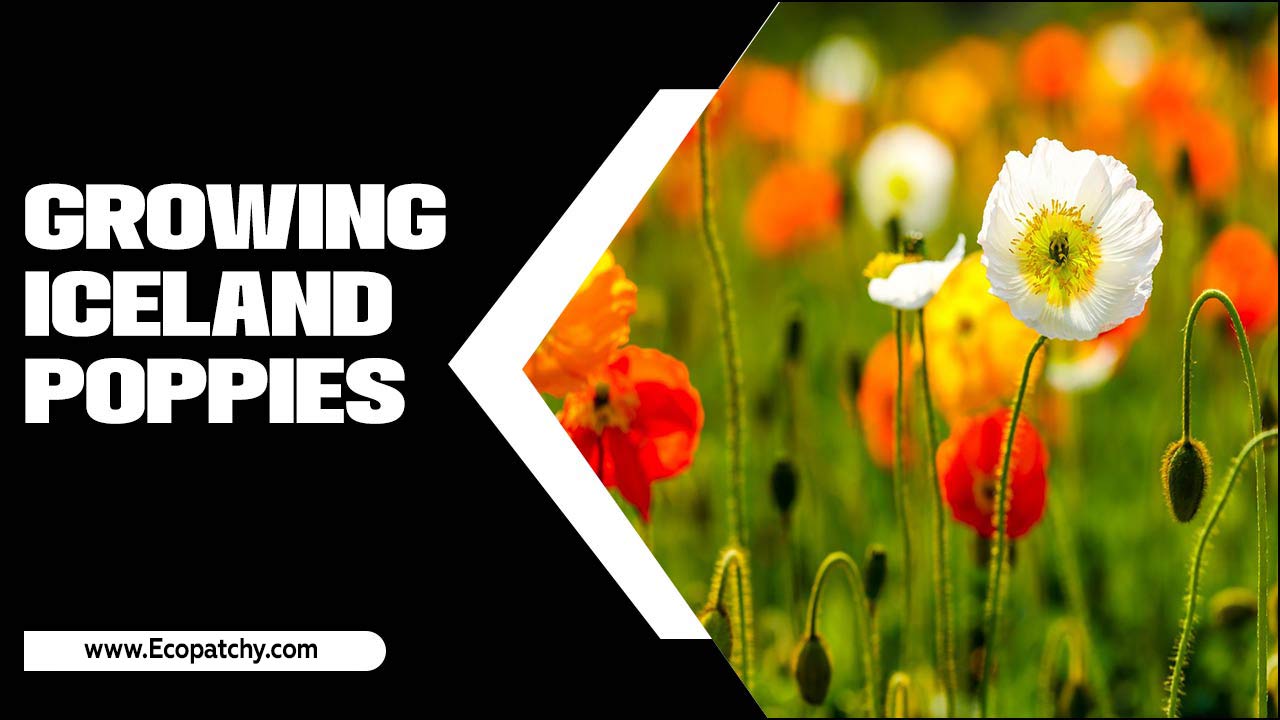
About Iceland Poppies

Iceland poppies, known as Papaver nudicaule, are beautiful and popular flowers that brighten any garden. These delicate flowers are native to the subpolar regions of Europe and North America and are known for their vibrant colours, including shades of yellow, orange, pink, and white.
Iceland poppies thrive in cool climates and can be grown as perennials in some regions. They prefer full sun to partial shade and well-drained soil. To grow Iceland poppies, starting them from seeds indoors about 8-10 weeks before the last frost date is important.
Once the seedlings have developed a few sets of true leaves, they can be transplanted into the garden. With proper care and maintenance, these stunning flowers will add a touch of beauty to any landscape.
Choosing The Right Location For Growing Iceland Poppies
When growing Iceland poppies, choosing the right location is crucial for their success. Considering these factors, you can create an ideal environment for your Iceland poppies to thrive and add vibrant colour to your garden. Here are some key factors to consider when selecting a spot for your poppy garden:
- Sunlight: Iceland poppies thrive in full sun, so choose a location that receives at least 6-8 hours of direct sunlight daily.
- Soil: These flowers prefer well-draining soil that is rich in organic matter. Avoid heavy clay or compacted soil, leading to poor drainage and root rot.
- Temperature: Iceland poppies are cool-season plants and can tolerate some frost. However, they prefer temperatures between 50-60°F (10-15°C) during the day and slightly cooler at night.
- Protection From Wind: Strong winds can damage the delicate petals of Iceland poppies. Plant them in a location that offers some protection from strong gusts.
Grow And Care Five Tips For Growing-Iceland Poppies
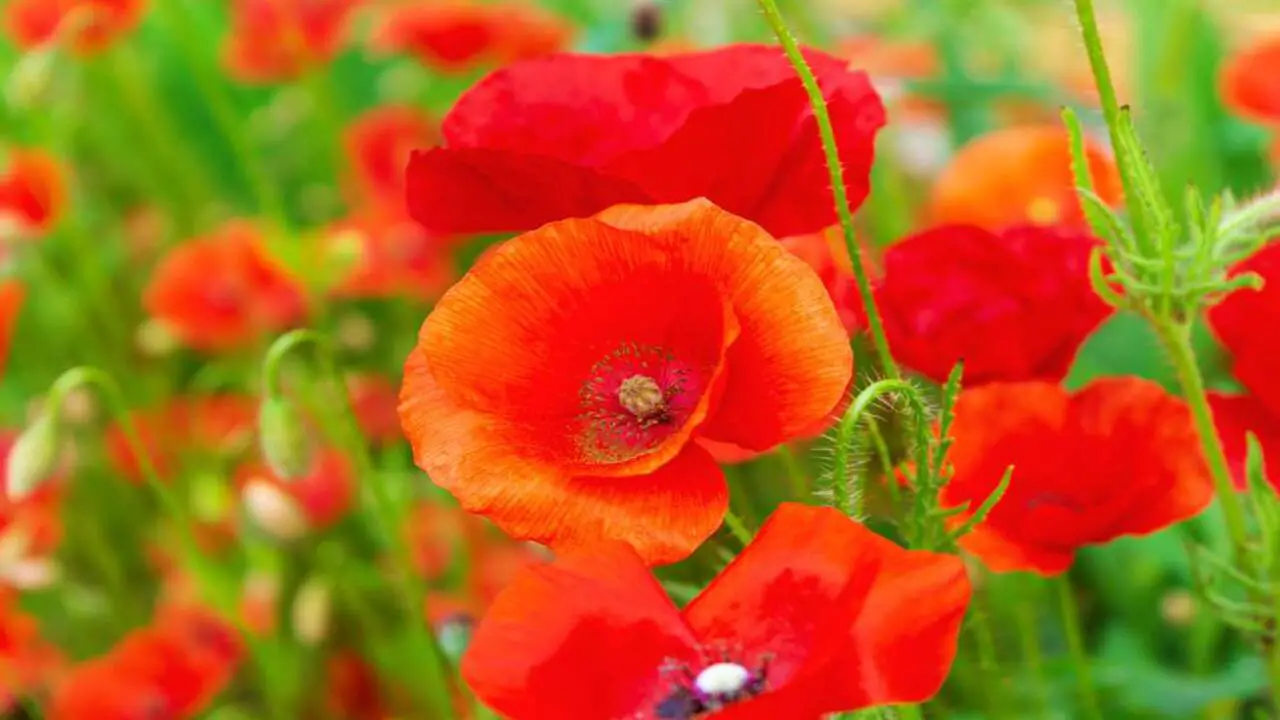
Growing-Iceland poppies will be an excellent choice to add a touch of elegance and beauty to your garden. These delicate and vibrant flowers are known for their stunning colours and ability to thrive in cooler climates. Here are five essential tips to remember to ensure successful growth and care of your Iceland poppies.
Soil Preparation And Planting
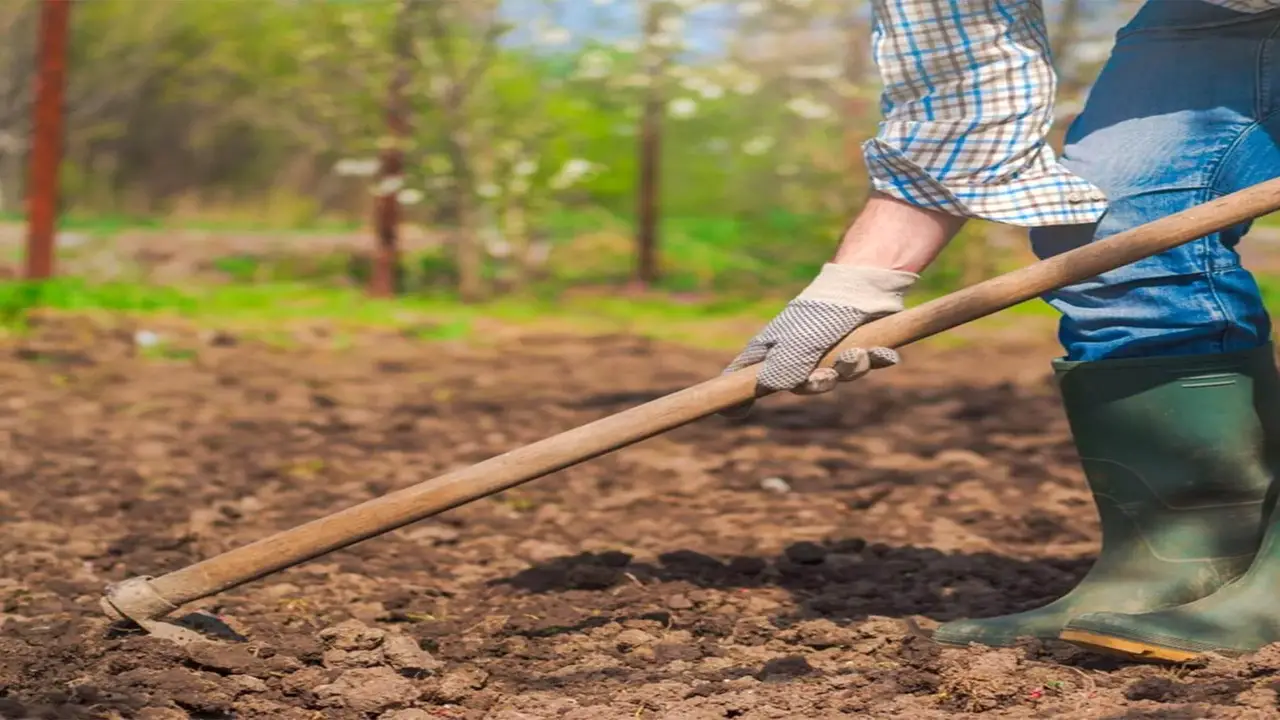
Proper soil preparation and planting techniques are essential for successfully growing Iceland-poppies. These beautiful flowers thrive in well-draining soil that is rich in organic matter. Start preparing the soil by removing weeds or debris and loosening it with a garden fork or tiller.
Incorporate compost or well-rotted manure to improve the soil’s fertility and drainage. Next, sow the Iceland poppy seeds directly into the prepared soil, spacing them according to the instructions. Lightly cover the seeds with a thin layer of soil and gently water them in.
Keep the soil consistently moist but not overly saturated until the seeds germinate, which usually takes about two weeks. Proper soil preparation and planting allow you to enjoy a stunning display of colourful Iceland poppies in your garden.
Watering And Fertilizing Techniques
To ensure the healthy growth of your Iceland poppies, it is important to water them regularly and keep the soil evenly moist. However, be careful not to overwater, as this can lead to root rot. During the growing season, it is recommended to apply a balanced fertilizer once a month.
Following the manufacturer’s instructions, a liquid fertilizer diluted to half strength works best for these delicate flowers. Another technique to promote their growth is to mulch around the base of the plants. This helps to conserve soil moisture and suppress weed growth. By following these watering and fertilizing techniques, you can provide your Iceland poppies with the optimal conditions they need to thrive.
Sunlight Requirements For Iceland Poppies
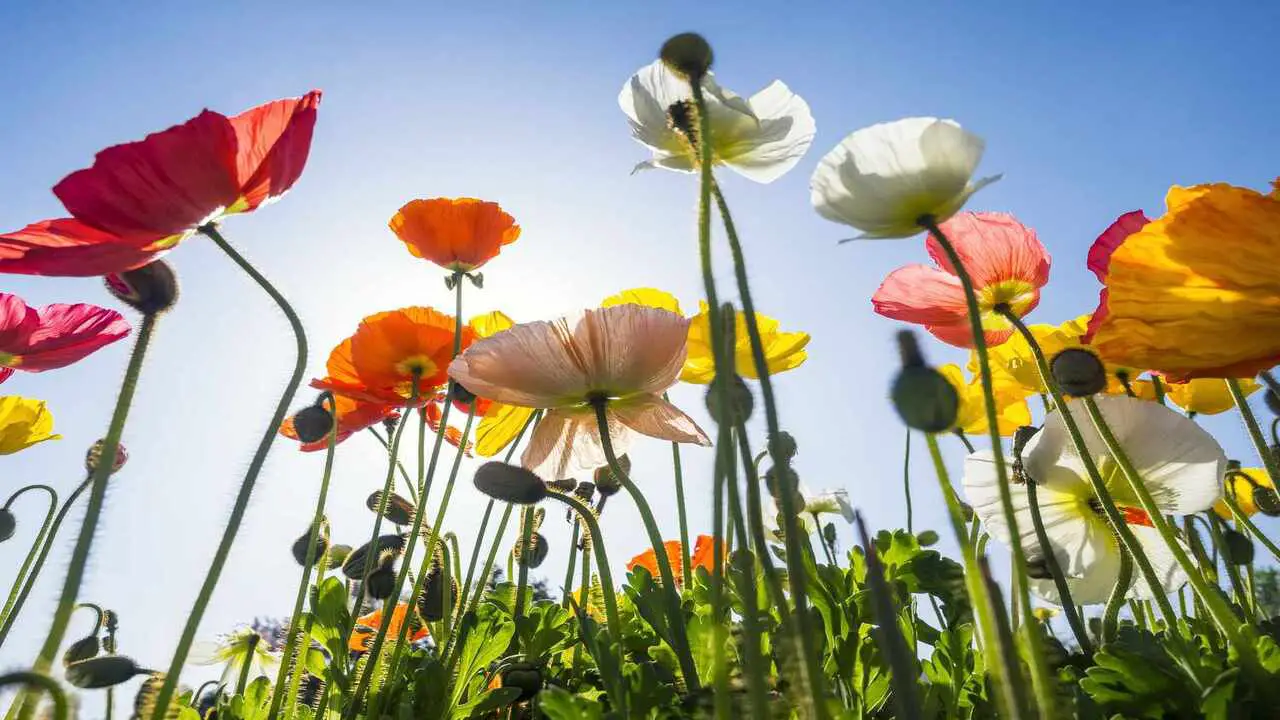
Iceland poppies, also known as Papaver nudicaule, thrive in full sun, vital for their growth and abundant flowering. These delightful flowers require a minimum of 6 hours of direct sunlight each day to flourish. While they can tolerate some light shade in cooler climates, it is best to plant them in areas with full sun to ensure optimal blooming.
Excessive shade may lead to leggy growth and fewer flowers. When choosing the location for your Iceland poppies, ensure it provides ample sunlight throughout the day. You can enjoy the beauty of these captivating flowers in your garden by providing the right amount of sun exposure.
Pruning And Deadheading
Removing faded flowers is a great way to encourage continuous blooming in your Iceland poppies. When deadheading these flowers, cut off the spent blooms just above a set of healthy leaves. This will not only improve the plant’s overall appearance but also prevent self-seeding in unwanted areas.
After the blooming season, it’s a good idea to prune back the entire plant to the basal foliage to tidy up your garden. Use clean, sharp pruners or scissors to avoid damaging the stems or spreading diseases. Following these pruning and deadheading techniques ensures that your Iceland poppies remain healthy and vibrant throughout the growing season.
Dealing With Common Pests And Diseases
Iceland poppies are susceptible to aphid infestations, which can distort the new growth. To control aphids, spray the plants with a mild, soapy water solution or use insecticidal soap. Another common issue is powdery mildew, which can be prevented by good air circulation around the plants.
Avoid overhead watering as it can promote fungal diseases. You can apply a fungicide labelled for powdery mildew following the manufacturer’s instructions if necessary. By being vigilant and taking these preventive measures, you can ensure your Iceland poppies stay healthy and vibrant.
Tips For Extending The Blooming Season

To extend the blooming season of your Iceland Poppies, consider planting a mix of early, mid, and late-blooming varieties. This will ensure that you can enjoy their beautiful flowers longer.
One way to enhance your garden’s beauty is by extending your plants’ blooming season. You can enjoy a longer period of vibrant colours and fragrant flowers by incorporating a few simple tips into your gardening routine. Here are some effective strategies to help you achieve this:
- Deadhead Regularly: Removing spent flowers will encourage the plant to produce more blooms and extend the blooming season.
- Provide Adequate Water: Iceland poppies prefer moist soil, so water them regularly, especially during dry spells.
- Apply A Layer Of Mulch: Mulching around the base of the plants can help retain moisture in the soil and regulate temperature, promoting longer blooming.
- Fertilize Lightly: Applying a balanced fertilizer once or twice during the growing season can provide the necessary nutrients for healthy growth and prolonged blooming.
- Protect From Extreme Temperatures: Iceland poppies are hardy in cooler climates but may struggle in extreme heat. Providing some shade during hot summer afternoons or planting them in a location with afternoon shade can help prolong their blooming period.
- Consider Succession Planting: Sowing seeds or planting starts at different times throughout the spring and early summer can ensure a continuous supply of blooms.
Harvesting And Preserving Iceland Poppies
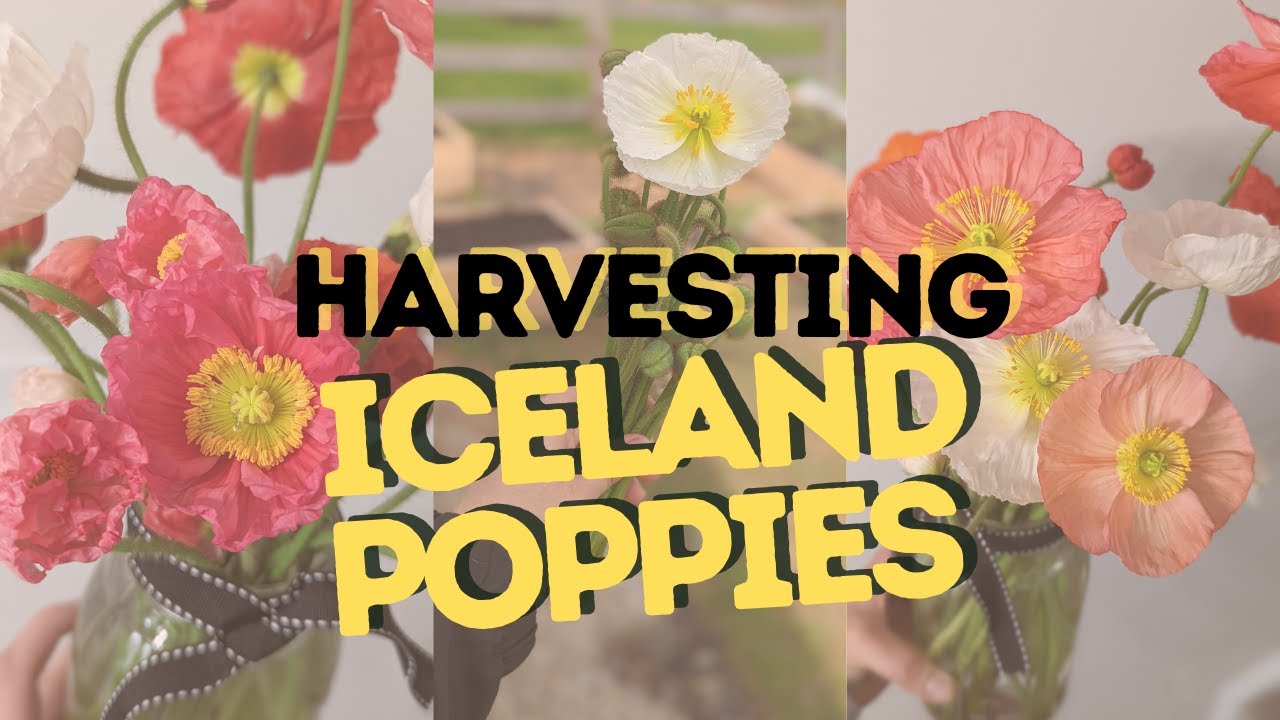
To ensure the longest vase life for your Iceland poppies, cut them when the buds are about to open. Look for stems with sturdy, green foliage and no signs of disease or damage. When ready to bring them indoors, fill a clean vase with room-temperature water.
If desired, add floral preservatives to the water. Trim the poppy stems at an angle before placing them immediately in the vase. To keep your poppies fresh, change the water every few days and remove any wilted flowers.
By following these steps, you can enjoy the beauty of your Iceland poppies for longer, whether in bouquets or as standalone blossoms. Harvesting and preserving these delicate flowers is a great way to showcase their vibrant colours and tall stems in your home.
Troubleshooting Common Issues In Growing-Iceland Poppies
Growing-Iceland poppies can be a rewarding experience, but like any plant, they can sometimes encounter issues. You can enjoy healthy and vibrant Iceland poppies in your garden by addressing these common issues promptly and providing the right care. Here are some common problems that may arise when growing-Iceland poppies and how to troubleshoot them:
- Poor Germination: If your Iceland poppy seeds are not germinating well, they could be due to improper soil temperature or depth. Ensure to sow the seeds at the appropriate depth and maintain a soil temperature of around 60-65°F (15-18°C) for optimal germination.
- Leggy Growth: If your Iceland poppies are growing tall and spindly instead of bushy and compact, it may be because they are not receiving enough sunlight. These plants prefer full sun, so ensure they get at least 6-8 hours of direct sunlight per day. Consider moving them to a sunnier spot if they are in a shaded area.
- Pests And Diseases: Like many plants, Iceland poppies can be susceptible to pests such as aphids and powdery mildew. To prevent pest infestations, regularly inspect your plants for any signs of pests and take appropriate measures such as using insecticidal soap or neem oil. For disease prevention, ensure good air circulation around the plants and avoid overwatering.
- Wilting Or Yellowing Leaves: If your Iceland poppy leaves are wilting or turning yellow, it could indicate a problem with watering. These plants prefer well-drained soil, so make sure you are not overwatering them. Allow the top inch of soil to dry out before watering again.
Conclusion
Growing and caring for growing Iceland poppies can be a rewarding and enjoyable experience for any gardener. By following the tips and techniques mentioned in this article, you can ensure that your poppies thrive and bloom beautifully.
Each step plays a crucial role in their growth, from selecting the right location to providing proper sunlight, water, and nutrients. Additionally, regular pruning, dealing with pests and diseases, and extending the blooming season are all essential tasks to keep your Iceland Poppies healthy and vibrant. So, put in the effort and enjoy the stunning beauty of these delicate flowers in your garden. Happy gardening!
Frequently Asked Questions
1.Are Icelandic Poppies Hard To Grow?
Ans: Growing Icelandic poppies is generally easy if you provide them with the right conditions. These beautiful flowers prefer cooler temperatures and well-draining soil. Whether you grow them from seeds or transplant seedlings, regular deadheading will encourage more blooms throughout the season.
2.Can You Grow Iceland Poppies In Pots?
Ans: Yes, Iceland poppies can thrive in pots. Opt for a pot with drainage holes at least 6 inches deep. Fill it with well-draining soil, then sow the seeds or plant the seedlings. Regular watering And 6 Hours Of Sunlight Daily Are Essential For Their Growth.
3.Do Iceland Poppies Like Sun Or Shade?
Ans: Iceland poppies thrive in full sun to partial shade, making them versatile plants. They prefer cooler temperatures and can even handle some frost. Ensure they receive at least 6 hours of direct sunlight daily, but provide shade during the hottest parts of the day in hot climates.
4.Do Iceland Poppies Come Back?
Ans: Yes, Iceland poppies are perennial plants that return year after year. Although they may die in winter, they will reemerge in spring. It’s important to provide well-drained soil and regular watering for their healthy growth and blooming. Additionally, deadheading spent flowers encourages more blooms throughout the growing season.
5.How Hard Is It To Grow Poppies?
Ans: Growing poppies can be relatively easy, depending on the type. When it comes to Iceland Poppies, they are generally easy to grow and care for. These beautiful flowers thrive in well-draining soil and full sun. Just be cautious not to overwater them, as they can be susceptible to root rot.

